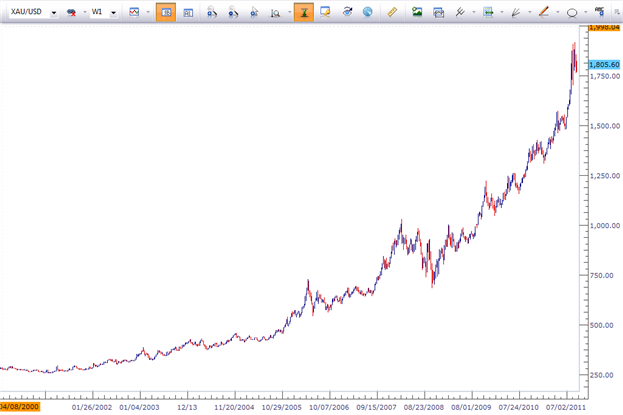Using Relative Strength Index Live Trading News
Post on: 24 Август, 2016 No Comment

Posted by: : Shayne Heffernan Posted on: January 14, 2015
Relative Strength Index
J. Welles Wilder Jr. author of New Concepts In Technical Trading System, developed the relative strength index (RSI). This oscillator is popular with traders as a measurement of momentum. Traders use the RSI as an overbought/oversold study, price and momentum divergence signals, and pattern recognition.
The RSI, as with all measurements of momentum, uses a differencing function. In this case, the RSI calculates the one-bar closing price, assigns the reading to a ratio of smoothed up- and down-closes, and then normalizes the ratio to a reading between zero and 100.
The RSI is not comparable to the classic stock traders tool relative strength, where one securitys price action is compared to an index to gauge comparative performance.
The formula for the RSI follows:
RSI = 100 [100/(1+ RS)]
where RS is the ratio of the smoothed moving average of n-period gains divided by the absolute value of the smoothed moving average of n-period losses.
Become a Professional Trader
Call Us +1 312 219 1354
RSI readings greater than 70 indicate an overbought condition (the HEFFX default setting is 75.00) and readings below 30 indicate an oversold condition (the HEFFX default setting is 25.00). For example, in Chart 1 the chart is marked for a condition where the RSI is either greater than 75 or less than 25. There are numerous instances during which market peaks or bottoms occur while the RSI is at these extreme readings.
The chart also displays periods where the RSI first climbed above 75 but the market continued higher, as well as situations where the RSI dropped below 25 and the price still went lower. To avoid placing a trade too soon, traders will look for an actual price pattern reversal such as a candlestick pattern (which is available as a study in HEFFX ) to identify a reversal pattern when the market is overbought or oversold. Chart 2 shows some examples of the market in an overbought or oversold state (RSI>75) and candlestick reversal patterns based on the HEFFX studies.
Traders also look for price and RSI divergence. A bearish sign is the price taking out a previous high, but the RSI is making a lower high. A bullish indication is price making a new low and the RSI making a higher low. The divergence by the RSI is a sign of a loss of price momentum, and many times, momentum reverses ahead of the price trend. The RSI is picking up on the differences between closes actually narrowing while the price action is continuing to trend, and the RSI diverges.
Traders then look at the RSI as a reversal pattern. For example, if both the RSI and price make a new high and retrace and the price makes a new high but the RSI makes a lower high, then plot a trendline along the low point on the RSI between the first and second high readings. Set an alert in HEFFX to advise you if the trendline is broken. Chart 3 is an example.
Another technique is to plot a long-term trendline over the peaks of a downtrending RSI or along the low points of a rising RSI. If the RSI closes across the trendline, the momentum is reversing direction. Chart 4 is an example.
Finally, the trend of the market will cause a shift in the range of the momentum readings. The range of RSI readings shifts upward when a market is in an uptrend; that is, the RSI will exceed the 75 overbought level and during a correction, the RSI never reaches the classic oversold level of 30 or 25. The RSI will often turn up from above 40.
If the market is in a downtrend, the RSI will peak below the standard overbought 70-75 reading, typically below 60, and reach well into oversold territory, dropping below 25. Chart 5 shows this shift in the RSI readings.
Tracking momentum in this manner can be the basis for entry points. Look for long trades if the market is in an uptrend and the RSI readings bottom between 40 and 50. Stay alert for short-selling opportunities when the market is in a downtrend and if the RSI is peaking between 50 and 60.














